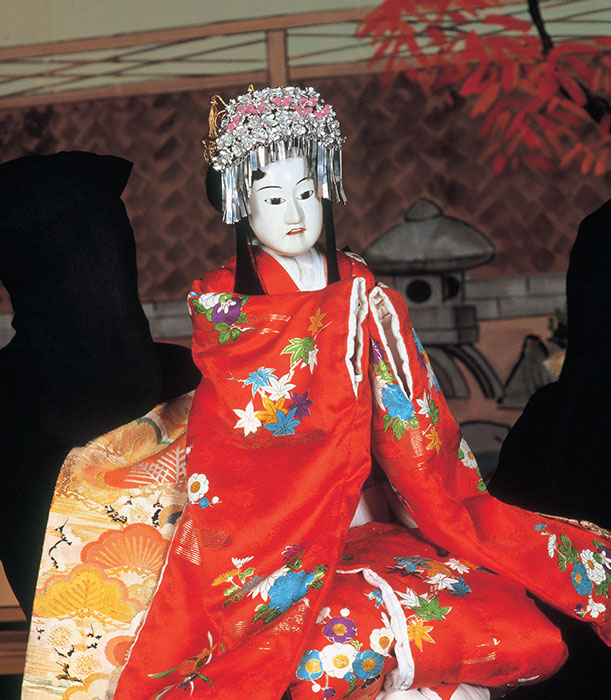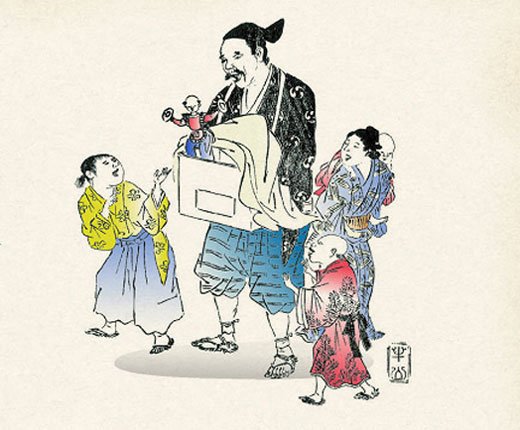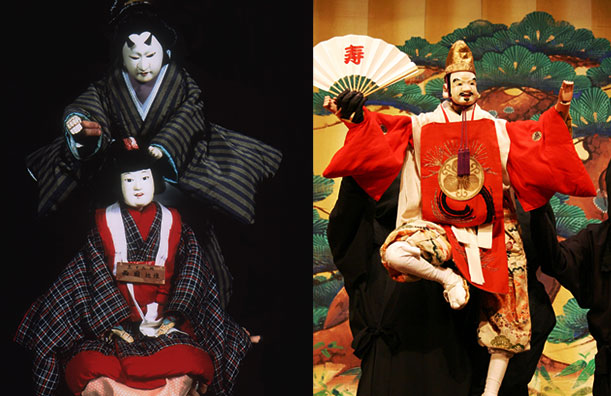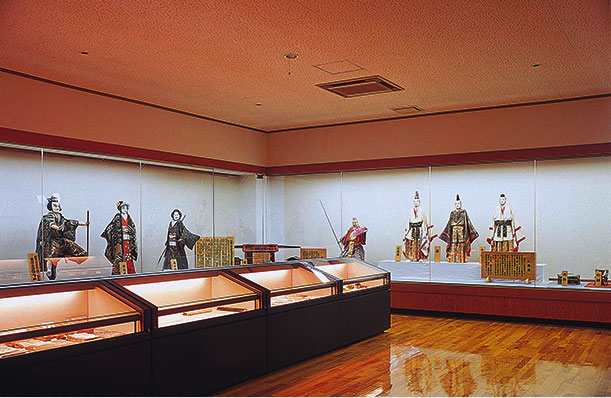 HISTORY/MYTH
HISTORY/MYTH
Island of the Gods
Awaji Island is known from legend as the first island that was formed in the world. There are many locations on Awaji Island that are related to historic and mythical sports. There are also many traditional events like the Awaji Ningyo Joruri and Danjiri Festival.
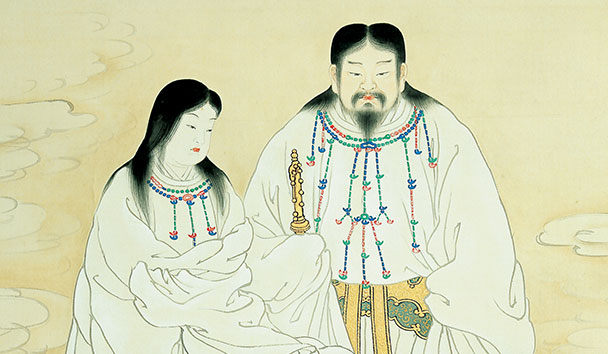
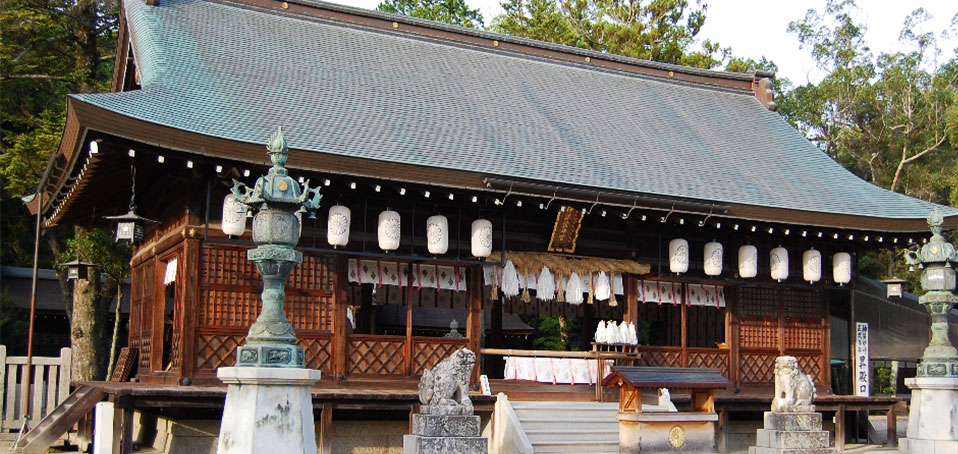
The Izanagi Jingu, which is the oldest shrine in Japan, is a shrine located where the god Izanaginomikoto supposedly spent the rest of his life after committing to his godly duties. There are also other locations related to the creation myth, such as the Onokorojima Shrine, Eshima, and Nushima.
Historical Sites
Awaji Island has many locations that are related to historical events and mythical locations.
-
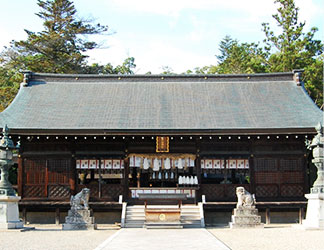 The oldest shrine in Japan, Izanagi Jingu Shrine
The oldest shrine in Japan, Izanagi Jingu Shrine
-
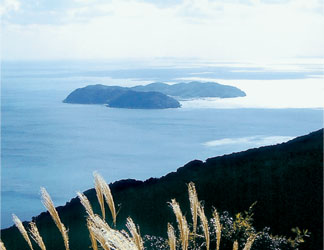 Nushima
Nushima
-
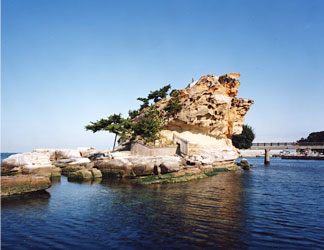 Eshima
Eshima
-
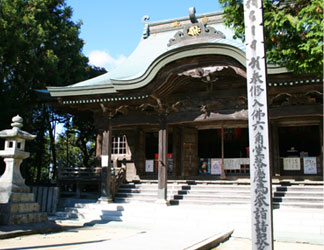 Senko-ji Temple, Senzan
Senko-ji Temple, Senzan
-
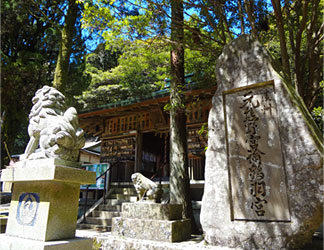 Mt. Yuzuruhasan, Yuzuruha Shrine
Mt. Yuzuruhasan, Yuzuruha Shrine
-
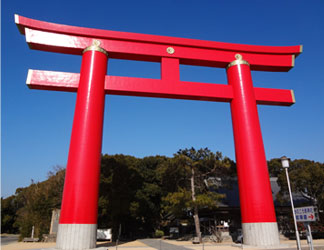 Onokorojima Shrine
Onokorojima Shrine
Marine Castle,
Sumoto Castle/Mt. Mikumayama
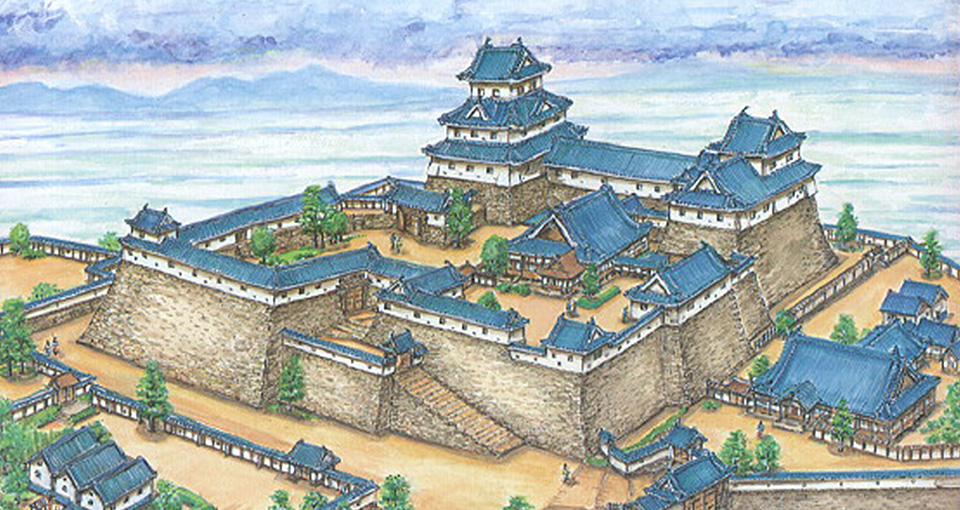
Sumoto Castle was built on Mt. Mikumayama in the late Muromachi period by Atagi of the naval forces of Kumano in the Kii Province.
Awaji Ningyo Joruri
The Ningyo Joruri is a traditional puppet show in which a story is told in the perspective of the "tayu" to the tune of the "shamisen." The puppets appear to come to life in this distinctively Japanese theater art. During the Edo period, Chikamatsu Monzaemon's "The Love Suicides at Sonezaki" and "The Battles of Coxinga" and many other famous works were born, giving this art its rise to fame.
This Ningyo Joruri has a deep connection with the creation myth. According to the origin of the Awaji Ningyo, Uemura Gennojo's "Epic of Dokunbo," the puppet theater was created to appease the child of the gods during the creation of Japan. It is said that the puppets housed inside the Nishinomiya Ebisu Shrine was what started it all. About 500 years ago, the puppet master "Momodayu" brought the art to Awaji Island. This puppet theater started as a religious custom, but later fused with the "Joruri" and "shamisen" during the Edo period and matured as an art form called "Ningyo Joruri." In the beginning of the 18th century, there were over 40 proprietors on Awaji Island competing with one another. They traveled across the nation and there are now about 80 theaters around Japan that have been heavily influenced by them. The famous Osaka Bunraku puppet theater was also originally from Awaji Island. The creator of bunraku, Uemura Bunrakuken, was originally from Awaji Island, and he trained at a theater with Awaji Ningyo. In recent years, Awaji Ningyo Joruri has been designated by the government as an Important Intangible Folk Cultural Property that is being spread overseas with foreign performances and more.
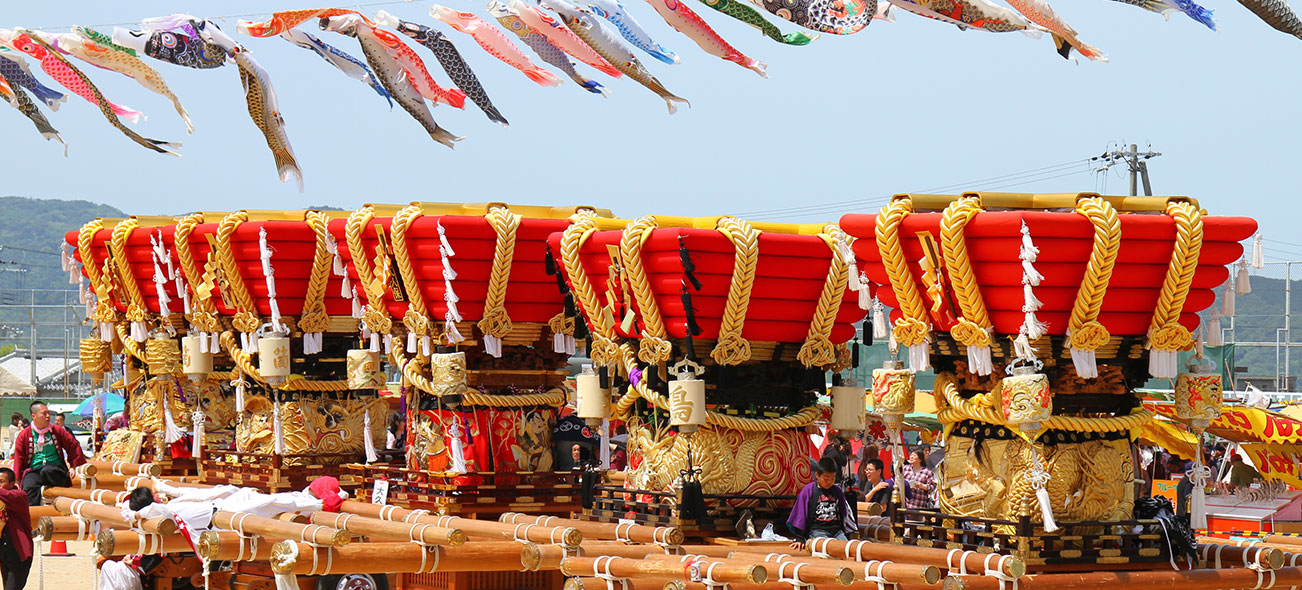
Awaji Festival
This traditional festival of Awaji Island displays the elegantly decorated "danjiri" as well as the "lion dance."


